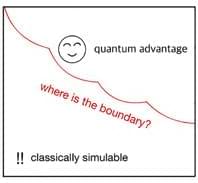Whar may happen when the first truly smart robots appear, based on brain emulations or ems. Scan a human brain, then run a model with the same connections on a fast computer, and you have a robot brain, but recognizably human.
Train them to do some job and copy it a million times: an army of workers is at your disposal. When they can be made cheaply.
within perhaps a century, they will displace humans in most jobs.
In this new economic era, the world economy may double in size every few weeks.
Applying decades of expertise in physics, computer science, and economics.
and use ofstandard theories indicate a detailed picture of a world dominated by ems.
Associate Professor of Economics, and received his Ph.D in 1997 in social sciences from Caltech. Joined George Mason’s economics faculty in 1999 after completing a two year post-doc at U.C Berkely. His major fields of interest include health policy, regulation, and formal political theory. Recent book: The Age of Em: Work, Love and Life When Robots Rule The Earth. Oxford University Press, 2016.
This talk was given at a TEDx event using the TED conference format but independently organized by a local community.









